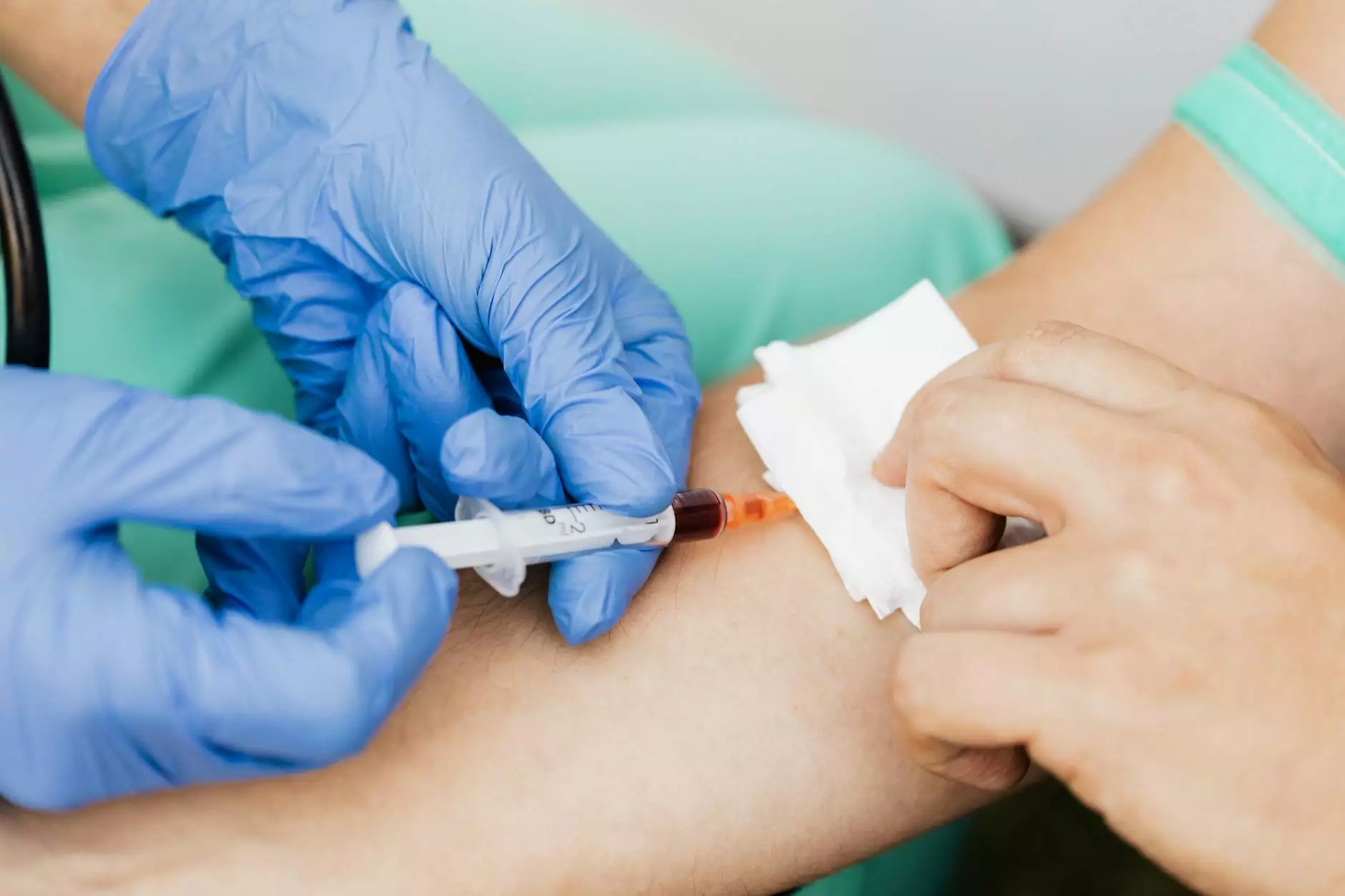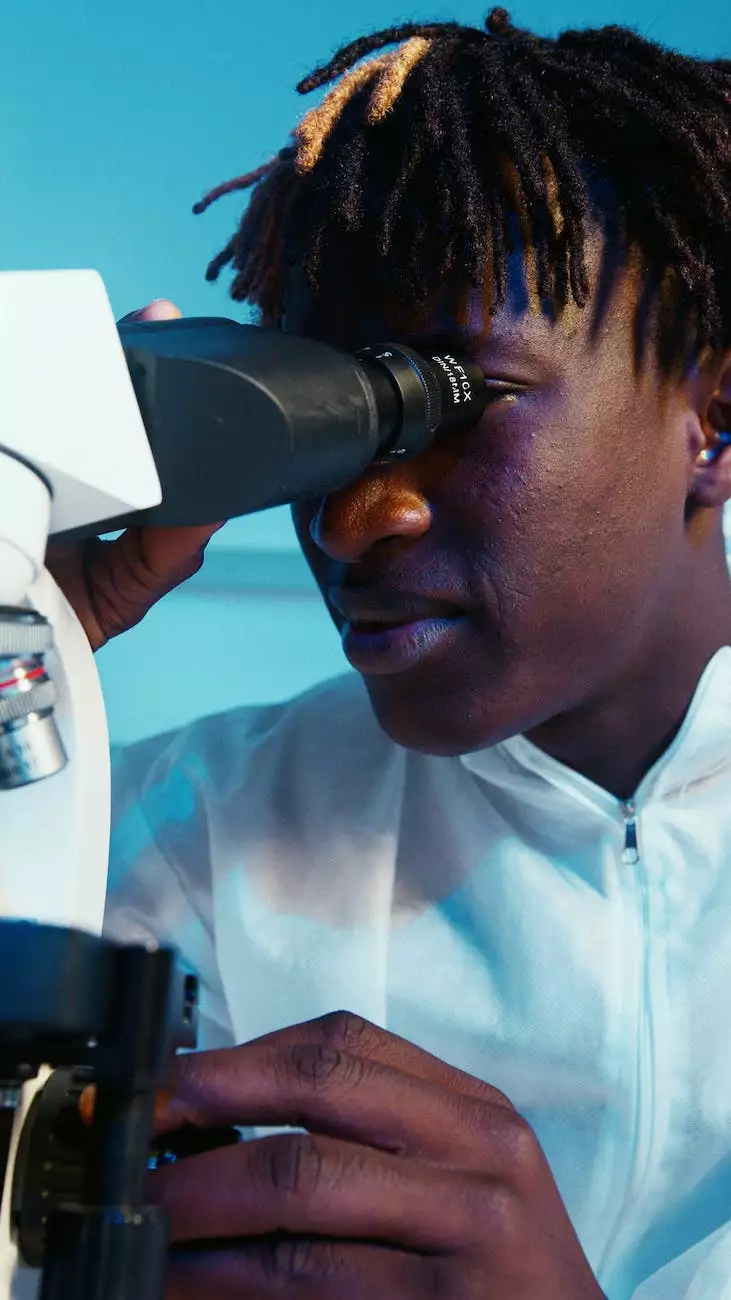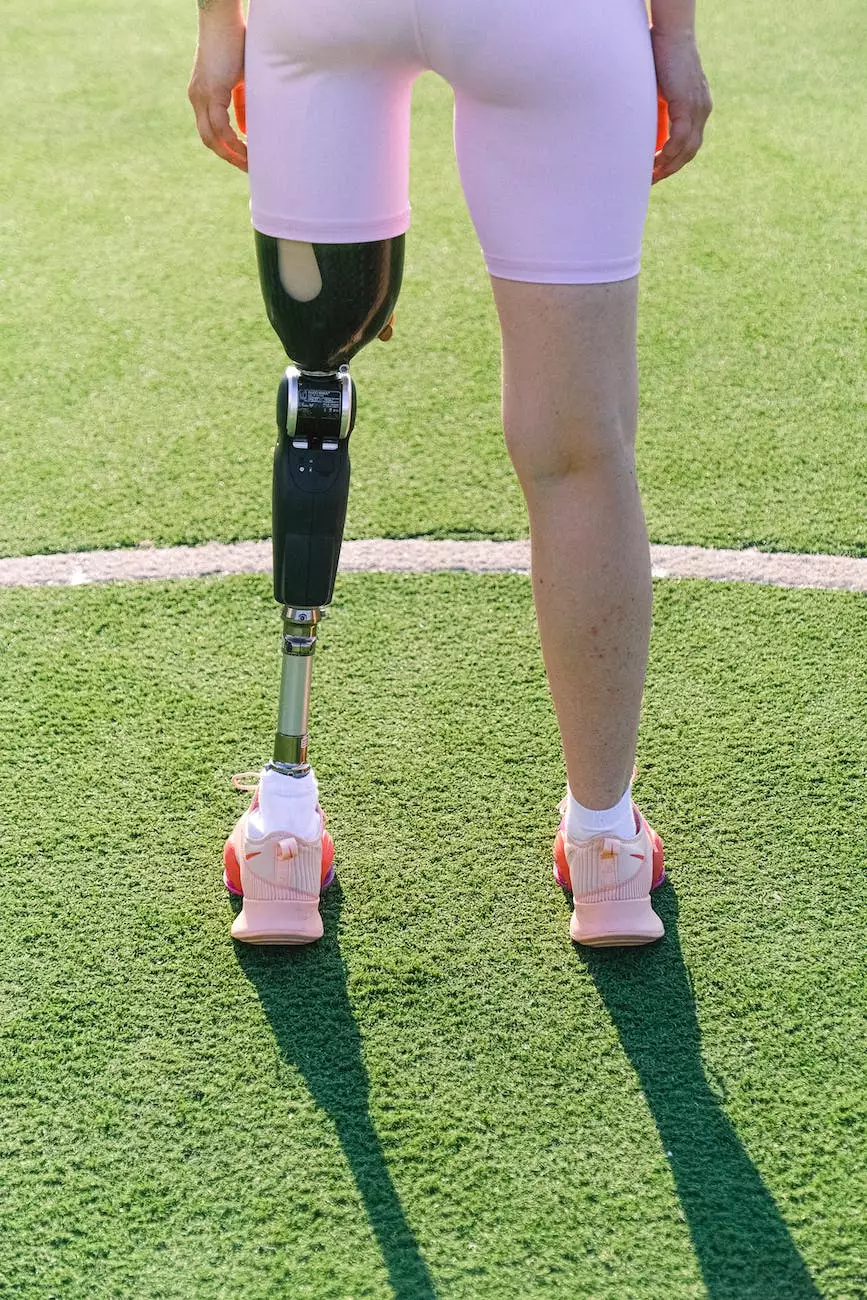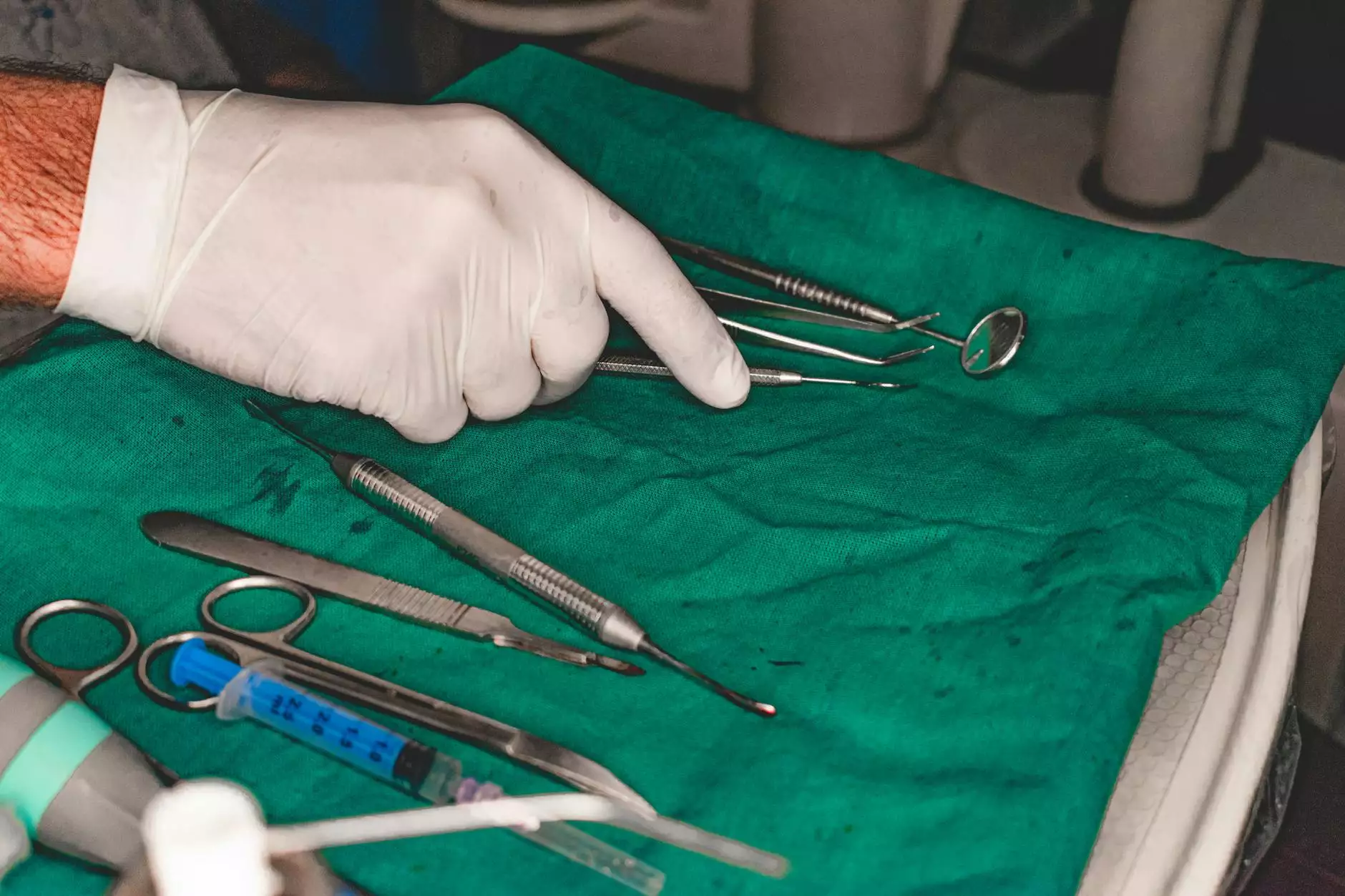Manual Muscle Testing

What is Manual Muscle Testing?
Manual Muscle Testing, also known as MMT, is a diagnostic technique used by Foley James D MD in the field of healthcare. It involves the evaluation of muscle strength and function using manual pressure. This non-invasive procedure helps identify muscular weaknesses or imbalances that may be contributing to various health conditions.
How Does Manual Muscle Testing Work?
During the manual muscle testing procedure, a healthcare professional, such as Foley James D MD, applies controlled pressure to specific muscles in order to assess their strength and function. The patient is asked to resist the applied pressure, allowing the healthcare professional to determine the muscle's response, range of motion, and overall strength.
The Benefits of Manual Muscle Testing
Manual muscle testing provides valuable insights into the functionality and health of an individual's musculoskeletal system. By assessing muscle strength and function, healthcare professionals like Foley James D MD can gain a deeper understanding of their patients' overall physical condition and identify potential areas of concern. This information helps guide treatment plans and can lead to better health outcomes.
Conditions Assessed by Manual Muscle Testing
Manual muscle testing is versatile and can be used to evaluate a wide range of conditions. By assessing muscle strength and function, healthcare professionals can gain valuable information about:
- Injuries and physical trauma
- Neurological disorders
- Postural imbalances
- Muscle imbalances
- Sports-related injuries
- Orthopedic concerns
- Rehabilitation progress
- And more...
The Manual Muscle Testing Procedure
The manual muscle testing procedure typically involves the following steps:
- Assessment of patient's medical history and symptoms
- Preparation of the patient, ensuring comfort and relaxation
- Identification of specific muscles to be tested based on the condition being assessed
- Application of controlled pressure using hands, fingers, or specialized tools
- Observation and assessment of the muscle's response, strength, and range of motion
- Documentation of findings for further analysis and treatment planning
Why Choose Manual Muscle Testing?
Manual muscle testing is a valuable diagnostic tool used by healthcare professionals like Foley James D MD for several reasons:
- Non-invasive: Manual muscle testing does not involve any invasive procedures or exposure to harmful radiation. It is safe and suitable for patients of all ages.
- Individualized Assessment: Each patient's muscle strength and function are assessed on an individual basis, allowing for personalized treatment plans.
- Complementary Approach: Manual muscle testing can be used in combination with other diagnostic techniques to gather comprehensive information about a patient's health.
- Treatment Planning: The findings from manual muscle testing help guide treatment plans, ensuring appropriate interventions and therapies are implemented.
- Progress Tracking: By periodically repeating manual muscle testing, healthcare professionals can track a patient's progress and adjust their treatment plans accordingly.
Conclusion
Manual muscle testing is a valuable diagnostic technique offered by Foley James D MD in the field of healthcare. This procedure allows for a thorough assessment of muscle strength and function, aiding in the identification and treatment of various health conditions. By choosing manual muscle testing, patients can benefit from targeted and personalized care, leading to improved overall health and well-being.










